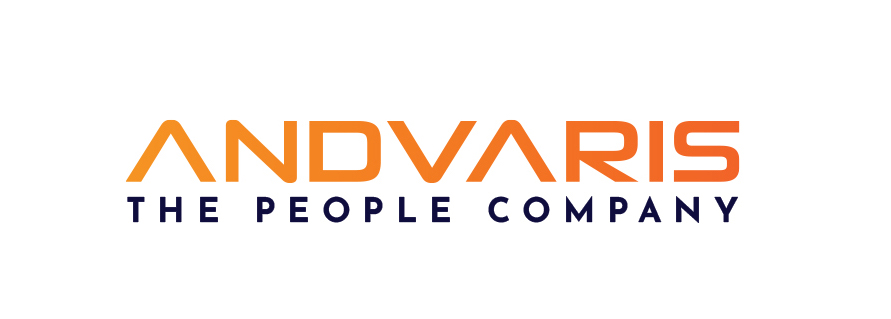Workforce analytics and benchmarking tools are essential for businesses looking to gain valuable insights and make informed decisions about their internal staff and the labor market. These tools can be divided into two main categories: Internal Workforce Analytics and Labor Market Analytics.
According to a recent survey by SIA, over half of enterprises with contingent workforce programs have already adopted workforce analytics tools, and this number is expected to rise. It’s no surprise that enterprises identified as “Leaders” are more likely to have adopted these tools compared to “Laggards.”
In the IT industry, workforce analytics is also a top spending priority for staffing firms in both North America and Europe, with impressive adoption rates already. It’s evident that workforce analytics is here to stay, with many staffing firms planning to expand their use within the next 12 months.
As the use of artificial intelligence (AI) continues to grow, we predict that workforce analytics will be one of the primary beneficiaries. As AI technology advances and more data becomes available, the value of workforce analytics will only increase over time.
There are several factors driving the demand for workforce analytics, including skill shortages, a more data-driven mindset, diversity, equity, and inclusion (DEI) strategies, regulatory requirements, remote work, and technology advancements.
However, like
